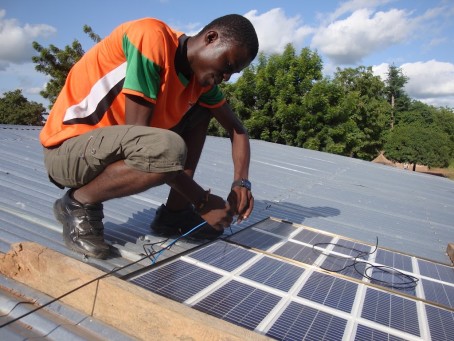According to the report recently published by the International Energy Agency’s (IEA), increasing access to modern forms of energy is important in boosting stronger economic and social development in sub-Saharan Africa. Two thirds of the region’s population, which accounts for about 620 million people, lives without an access to electricity. Moreover, about 730 million people are dependent on dangerous forms of cooking, the use of solid biomass overweighs the usage of all other fuels combined, and average electricity consumption per capita is not sufficient to power a single 50-watt bulb continuously.
IEA Executive Director, Maria van der Hoeven, has also argued that “a better functioning energy sector is vital to ensuring that the citizens of sub-Saharan Africa can fulfil their aspirations as the energy sector is acting as a brake on development, but this can be overcome and the benefits of success are huge.” The IEA’s first comprehensive analysis of the energy sector’s significance in the economic development of sub-Saharan Africa has found that the region’s energy resources are more than enough to meet the needs of its population while also pointing out that Africa’s energy sources are mostly underdeveloped. Sub-Saharan Africa accounts for about a third of global oil and gas discoveries made in the last five years. Moreover, the continent is home to a number of major oil producers, such as Angola, South Africa or Nigeria.
The IEA study also finds that while investment in sub-Saharan energy supply has been increasing, about two-thirds of the total production has been for about the past fourteen years targeted at exporting. As such, the sub-Saharan economy will increase by a factor of four by 2040, the population by a factor of two (to over 1.75 billion) and energy demand will grow by around 80 percent. Moreover, power generation capacity is also expected to quadruple with renewables to account for nearly 45 percent of the total sub-Saharan capacity.




